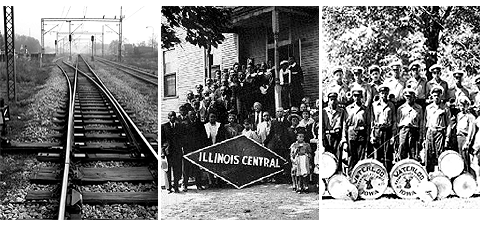History of Waterloo's North End.
The name, The North End, predates the recent real estate developer driven names of the North side and the South side. Before the late '70's there was only the West Side, the East Side and its “province” The North End. The boundaries of the North End are rather vague, but include the row of commercial blocks from Almond Street along E 4th St to the railroad tracks and much of the area north of the tracks, which were built up before the great depression, and the surrounding, mostly African American, community.Before the 1890’s the Irish populated the North End of Waterloo, however they are not now immediately identified with the area. As Waterloo, in the 1890’s, became known as a factory city, it then became populated as various ethnic groups that settled in the North End. First came the Italians, then the Greeks, Croatians, Bulgarians, Germans. In these days, as in many American cities, the North End served as a staging ground for the immigrants “upward mobility”. African Americans are the newcomers to this area arriving in 1912 to break a strike on the railroads. At that time they (the African Americans) were restricted to living in boxcars in the rail yards, then a few years later, allowed to move into the area known as the “triangle”. The “triangle” is an area boarded by the railroad tracks, Sumner St, and Mobile St. In the 1920’s blacks began moving out of the “triangle” area.
In the 1930’s Great depression over a thousand people from Holmes County, Mississippi, and Buxton, Iowa began arriving in Waterloo because the economy here was better. The flow from Buxton began and ended during that time, however the people coming from Mississippi continued to arrive.
As the North End became the home of Waterloo’s African American Community the numbers of businesses begun by local entrepreneurs began to grow. They included not only service businesses and retailers like grocery stores, barbershops and clothing stores but entertainment establishments and restaurants. Waterloo became a stop on the “chitlin circuit” and hosted many blues and jazz performers from Chicago and Mississippi. It was host to many of the great musical greats such as Jelly Roll Morton, Ray Charles, Chuck Berry, and other well-known names of the industry who would play local theaters like Electric Park Ballroom. The clubs in North Waterloo also supported a number of locally talented people such as Louis Mctizic, and Etheleen Wright. Local churches and civic groups such as the Elks,

The Knights of Pythias and the Masons helped to develop this unique and vibrant self-contained community.
During the late 1960’s, the area began to deteriorate. The Sumner Street crossing was sealed off, which in turn caused the demise of most of the clubs there, and the entire area to begin to deteriorate. In the summers of 1967 and ’68 the area was the center of racial unrest, followed by the failed promise of Urban Renewal. Then came the slowing of Waterloo’s economy, including the closing of Rath Packing Company and other local industries, which contributed to the economic decline of the North End.
Today, the North End is still the home to many of Waterloo’s African American families as well as the some of the new Hispanic arrivals. It suffers from the undeserved reputation of a “dangerous place” and it is part of our mission to help dispel this notion. The North End Arts and Music Fest is dedicated to creating a yearly venue that will allow the public to celebrate the wonderful diversity of Waterloo by giving the gifted young and old of all cultures a professional atmosphere to display their varied and wonderful talents.
Contributions by Bob Neymeyer - Grout Museum.
Written by Matt Boyd and Cheryl Faries.





















